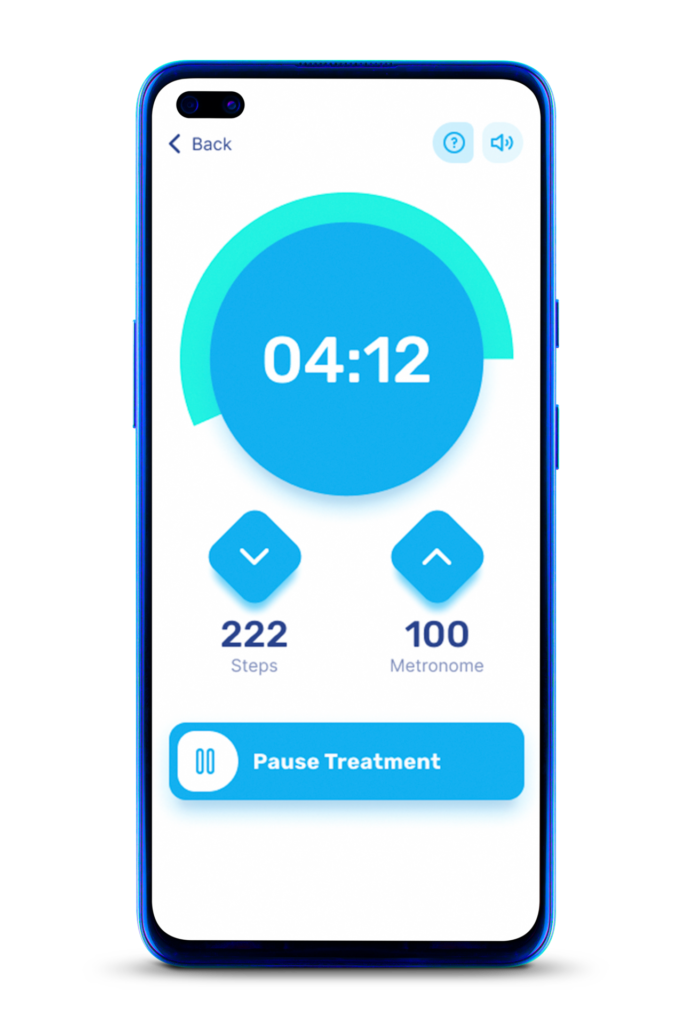Metronome Therapy for People with Parkinson’s
What is Metronome Therapy and how does it work?
In a healthy brain, the pathways that cue movement are sending messages to your body saying “step, step, step”. In Parkinson’s, this pathway might be hampered or damaged. With metronome therapy, we are using a ‘beat’, specific to your walk, to help you take each step.

How is the Beats Medical walking therapy different to a normal metronome?
Metronome therapy, or walking to a specific beat, has been used in the treatment of Parkinson’s for 50 years. The Beats Medical app allows you to get a uniquely tailored beat each day at home, it would not be feasible to visit a hospital or clinic every single day.
Why would the beat need to change every day?
As no two people with Parkinson’s are the same, and symptoms can change from day to day, the treatment changes each day to suit you. There are no good or bad scores; your beat can vary depending on how you’re walking that day.

How do I use the Beats Medical walking therapy?
1. Open the beats Medical application, open the walking therapy and start the calibration period.
2. Put your device in your front, trouser pocket and walk, uninterrupted, for 2 minutes, until you hear a loud sound, marking the end of calibration.
3. Take the device from your pocket to view your individually prescribed beat. Set the timer and start the therapy.
4. Place the phone back in your front trouser pocket and step your feet in time with the beat.
5. Once you have practiced walking in time to the beat, the Beats Medical support team will introduce additional elements for you to focus on. This can include heel strike, arm swing, posture and turns.
What will this do for me?
This can help you to improve your mobility, stride length, speed and the quality of your walk.
Is it proven to work/ to be safe?
All of the treatments we provide are evidence based. There is over 50 years of research demonstrating the effectiveness of ‘auditory cueing’ for people with Parkinson’s. To read more, this research paper examined metronome therapy in detail, published in the renowned ‘Nature’ journal in January 2018.

